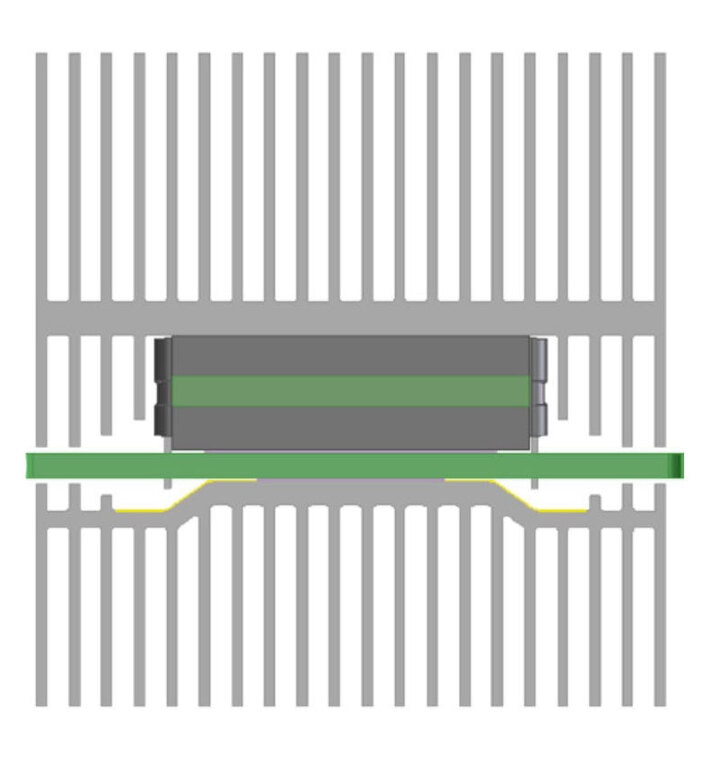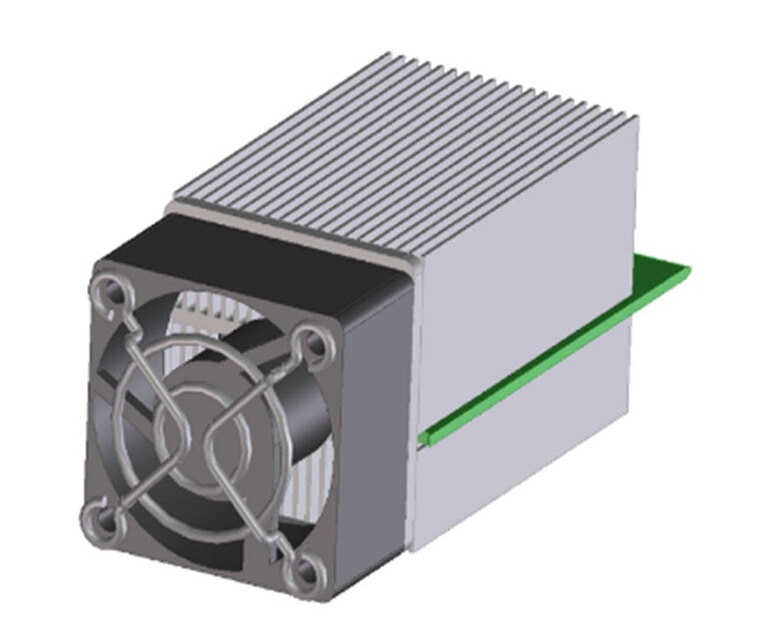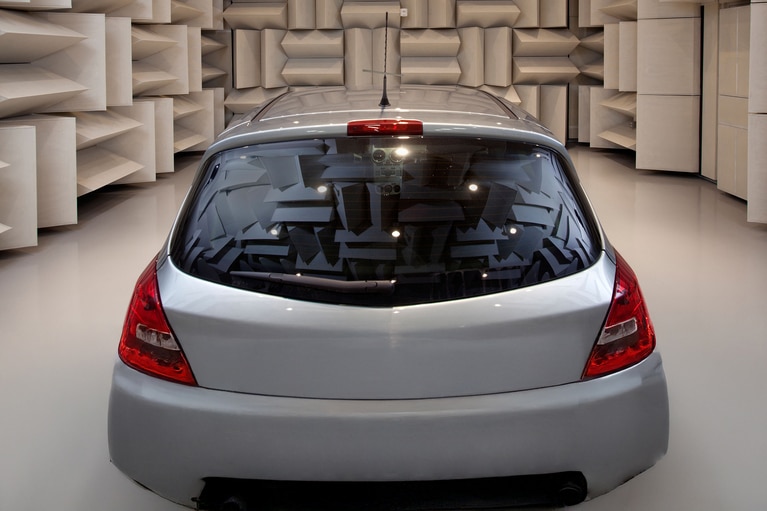
高密度功率模組簡化和縮小電動汽車電源系統設計
Vicor 電源模組為電動汽車應用注入創新。瞭解三款汽車級新產品將如何徹底改變未來的電源設計
Packaging innovations play a critical role in the improvement of power system performance.
By now, the functional density of most electronic applications make thermal design an important part of new-product development. The current demands and current dynamics that characterize most products requires embedding the power management subsystem within the functional design—a break from the tradition that held subsystems as freestanding objects.
With electrical loads—heat dissipaters—and power management components (1-η dissipaters) co-locating on system boards, thermal challenges grow with increasing operating temperature: Excess heat reduces the reliability of electronic components. Additionally, designers must derate power components for operation at elevated temperatures so, without effective methods of eliminating heat, power trains become over designed, resulting in larger, heavier, and more expensive systems.
So, as significant an advance as brick packaging technologies were, and while the brick form factors still play a role in terms of simplicity, the industry has grown to need even more dense power management devices beyond what can be accomplished with purely single-sided cooling.
One example of advanced packaging that improves power processing and delivery performance is the Converter housed in Package (ChiP) technology from Vicor. ChiP-based devices exploit symmetrical configurations placing dissipative devices on both sides of a central PCB. A thermally conductive encapsulant transfers heat to both the top and bottom surfaces effectively doubling the cooling surface area relative to the device’s PCB footprint (Figure 1). With appropriate system PCB design, additional heat can conduct through the electrical contacts as well.
Figure 1: Advanced packaging technologies, such as Vicor ChiP, support symmetrical thermal designs exploiting top- and bottom-side cooling
A combination of high efficiency—97.5% peak for 380 to 12V bus converters—and symmetrical thermal design with advanced materials can provide 1.5kW. Including heat sinks and a fan assembly, a 40 x 40 x 100mm assembly offers a power density of 9.4W/cm3 (Figure 2).
Figure 2A: Cross-section of heatsink enabling top- and bottom-side cooling
Advanced packaging technologies such as this provide 3-D thermal management schemes in either surface mount or through-hole mount form factors. Integrated magnetics promote designs requiring few external components, saving design-cycle time, circuit board area, and product assembly costs.
The encapsulant promotes efficient heat transfer while providing a level of safety insulation commensurate with high-voltage power management requirements and international safety standards. This allows the same packaging technology to apply to a wide range of power management functions. These include AC-DC conversion with power-factor correction; isolated bus conversion; DC-DC conversion; buck, boost, and buck-boost regulation; and POL current multiplication. A single packaging technology that is applicable to the full menu of power management tasks from power entry to PoL can also simplify system thermo-mechanical design by unifying device profiles and thermal characteristics.
Capabilities and scaling vary among various power component manufacturers, so check your vendors’ offerings carefully. In the case of Vicor ChiP-based components, devices can attain thin profiles to 4.7mm and footprint areas from 6 x 23mm to 61 x 23mm, and expanding. Current capabilities extend to 180A and operating voltages to 430V, and rising. The company has demonstrated power delivery capabilities in this package technology as great as 1.5kW, and that number is set to increase as well.
In lower-power applications such as POL converters, small-footprint, low-profile packages provide system designers with additional flexibility to minimize trace lengths from power converter to load. When powering digital resources characterized by high dynamic currents, such as ASICs, processors, or memory subsystems, low loss and low inductance power feeds ensure tight regulation and rapid transient response measured at the load, where it counts.
This type of packaging technology also supports high voltage-ratio converters, which in some applications can allow designers to eliminate an entire conversion stage, reducing system cost, increasing the power-train’s end-to-end operating efficiency, and increasing reliability.
Figure 2B: Power management devices taking advantage of advanced packaging can deliver as much as 1.5kW from cells measuring less than 10 in3 including heatsinks and fan
高密度功率模組簡化和縮小電動汽車電源系統設計
Vicor 電源模組為電動汽車應用注入創新。瞭解三款汽車級新產品將如何徹底改變未來的電源設計
高密度電源模組推動主動懸架技術日趨成熟
主動懸掛系統已從 20 世紀 90 年代的測試版發展成為今天的 48V 驅動系統。瞭解電源模組對電源系統設計的影響
基於 MHz 開關頻率的器件助力實現 DC-DC 轉換器和 EMI 濾波器的小型化
想像一下,使用 DC-DC 轉換器解決方案來利用高頻開關的優勢,而不會發生傳統解決方案的缺點
採用 48V 區域架構,打造面向未來的先進電動汽車
隨著原始設備製造商(OEM)採用 48V 電源架構,他們正努力優化其電源系統設計。 Vicor 的高功率密度模組可為 48V 區域架構提供峰值效率





